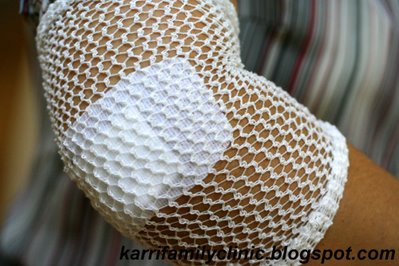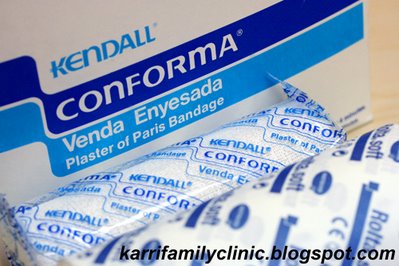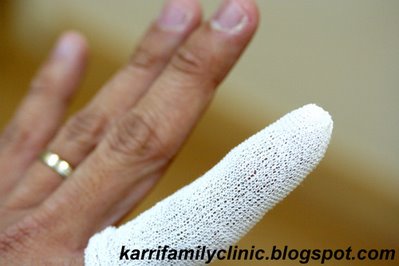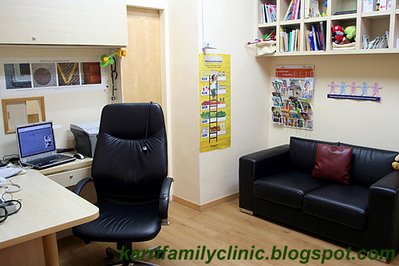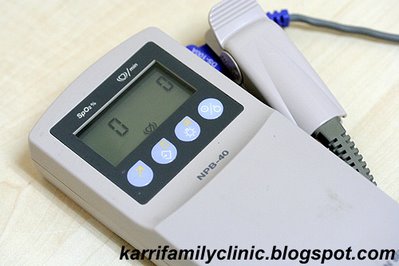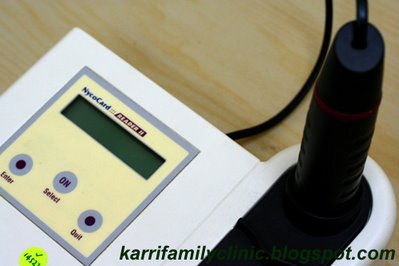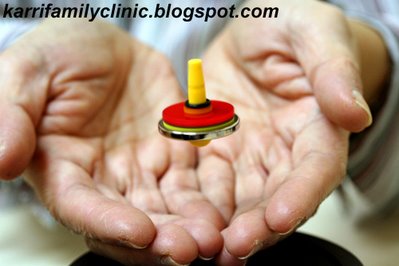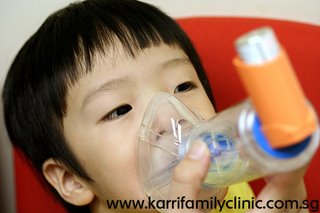 What happens to the Airways in Asthma?
What happens to the Airways in Asthma?In Asthma, there is narrowing of the airways which result in difficulty in breathing. There are 2 mechanisms involved. First, the airways are inflammed ie swollen and red, and secondly, the muscles around the airways contract, making the airways narrower.
So we have 2 types of medications which treat each problem, viz RELIEVERS and PREVENTERS
1. RELIEVERS
These medications help to relax the muscles and thereby offers quick relief when the asthma strikes. They offer only temporary relief but DOES NOT treat the inflammation.
So if you have a persistent form of asthma where there is a moderate level of inflammation in the airways, these only provide quick relief but does not treat the underlying problem.
2. PREVENTERS
These medications are steroids which act to reduce the inflammation in the airways. They don't give immediate relief but when used over a period of time, they help the airways revert back to normal. They should be taken on a long term basis and not only when the child has an asthma attack. Always follow the doctors advise when using inhaled steroids.
New Anti-Inflammatory Agents
These are a new class of drugs used in Asthma. The one most commonly used is montelukast which you might have come across. These medications are taken orally and they also serve to control the inflammation. They are non-steroids and because they are taken orally they also work to prevent other forms of allergy at the same time, like allergic rhinitis (sensitive nose).
Combination Therapy
There are some inhalers which combine both a RELIEVER and a PREVENTER. They are used for more severe forms of asthma. The most commonly used ones are Seretide and Symbicort.
How the medication is delivered
Both Preventors and Relievers are best given via inhalation. For younger children, usually a spacer is used. Older children, usually by 6 years of age, can inhale directly. Another way of delivering the medication is by nebuliser. Both nebulisers are spacers are equally effective in delivering the medication.
Really important points to remember
1. Always follow the doctor's instructions on how to use the medications. The commonest problem I face is that parents use PREVENTERS for a few days then stop and use it again when the child has another asthma attack. This is not the right way to use PREVENTERS and may mean that your child's illness become protracted!
2. Another common misconception is that patients tend to use only 2 puffs of Ventolin and feel that is all they can use. If your child is having a severe Asthma attack, you can give 4-6 puffs for those above 6 years of age and, if necessary, repeat in 20 minutes, while you make your way to the clinic.
3. RELIEVERS should only be used to relieve symptoms and for the prevention of excercise induced asthma. If you find that you have to use it regularly, then it may indicate that the child needs to use PREVENTERS instead.
4. Moderate to high doses of steroids can cause some problems like some growth retardation, but so can poorly controlled asthma. Used within safe limits, the benefits of using steroids outweigh the risk. The amount of growth suppression is likely to be only less then 1 cm IF high doses of steroids are used.
In Part 4, we will be looking at other ways of preventing asthma attacks







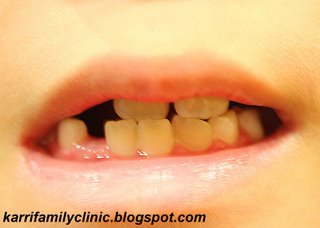




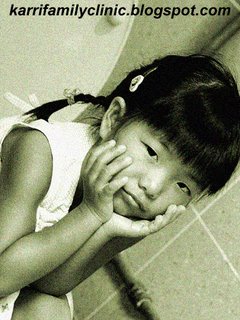
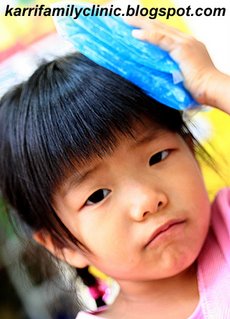





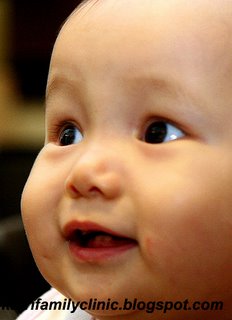
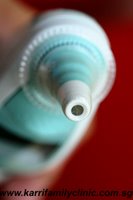


 Probably the second most frequently asked question after "How long before I get better?" is the question, "Why is your clinic called Karri?
Probably the second most frequently asked question after "How long before I get better?" is the question, "Why is your clinic called Karri?




